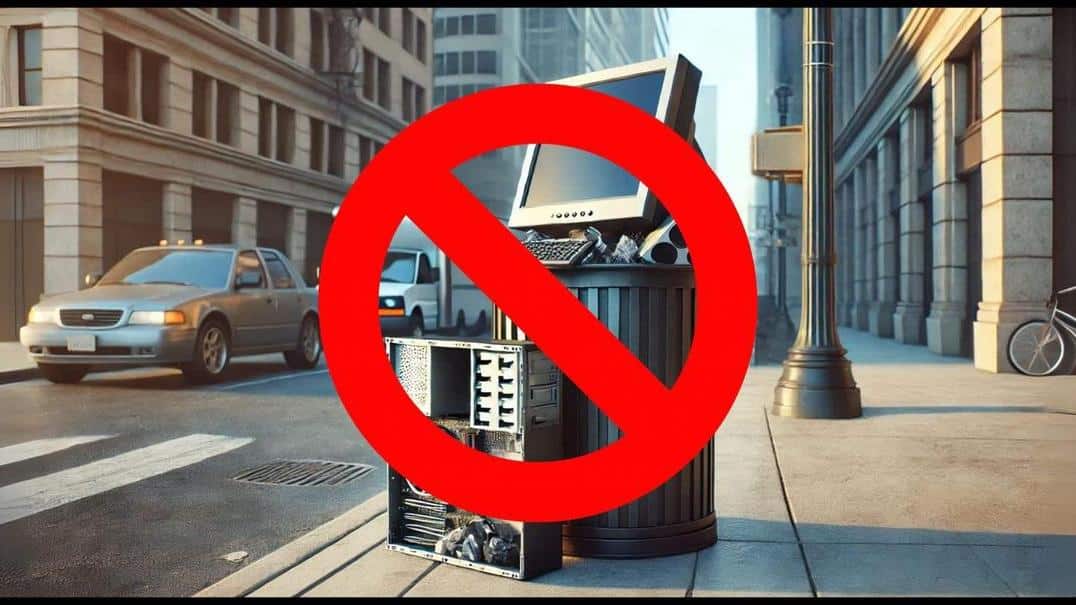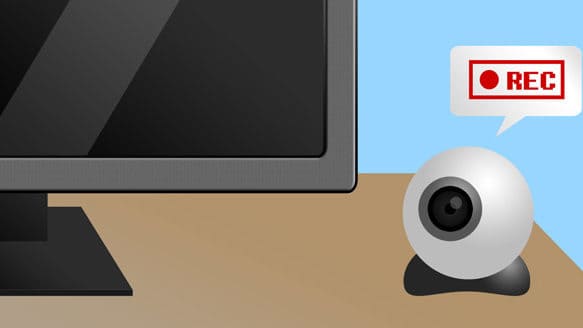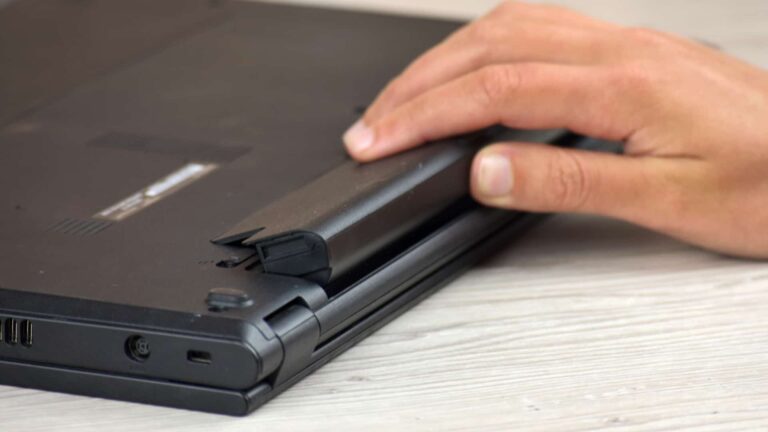Let’s look at the facts. Your old computer will still work. Nobody is forcing you to upgrade. And no, there is no hidden agenda.
What Happens When Windows 10 Support Ends?
Once support ends on October 14, 2025, Windows 10 will stop receiving bug fixes and security updates from Microsoft. Some people argue that not receiving more updates will actually stop breaking things that worked before, and yes, there is some truth to that.
That’s the big change – but here’s what won’t stop working:
- Windows Defender and other security software will continue to receive updates.
- Microsoft Office and utilities will continue to run and may still receive updates.
- Third-party software and drivers will still function and could keep getting updates.
- Your computer will still work as usual.
However, those updates won’t last forever. We anticipate the most common programs like Google Chrome, Dropbox, Google Drive, etc, will work for another 2-3 years, just like they still sometimes do on Windows 7 and 8, both of which lost security updates a while ago. Staying secure just means you’ll need to be more cautious – something you should be doing anyway. No dramatic changes required.
Option 1: Keep Using Windows 10 — And That’s Okay
This is the most recommended route for users upset about “being forced” to upgrade. Here’s what to expect:
- Your system will continue to boot and run as normal.
- You’ll need to be more security-conscious, just like you should have always BEEN! That means using strong passwords, being cautious about downloads and emails, run updated antivirus, and avoid old and unsupported software.
Windows 10 won’t just stop working. In fact, many people are still using Windows 7 and 8 today without issue – not that we recommend it!
Option 2: Buy Extended Security Updates
Microsoft plans to offer Extended Security Updates (ESUs) for Windows 10 Home and Pro users. Enrollment for this program will open sometime before October 2025 and it will cost US$ 30. This gives you another year to decide what to do next.
Upset about having to pay? Well, it is what it is. Microsoft will have to pay their developers to provide updates for another year, so it’s reasonable to be charged for it.
Option 3: Switch to Linux
This is the most common suggestion in online forums and YouTube comments about Windows 10’s end-of-life. Linux is a free, open-source operating system that can run well on older hardware. It’s a viable alternative for two categories of users:
- Basic users who just want to browse the web, read emails, and consume online content.
- Geeky users who enjoy tinkering with computers and doing their own tech support.
Unfortunately, it’s not quite suitable for most users, which is why it’s still only 4% of the market share. Windows and Mac software doesn’t run natively on Linux, and Linux-friendly versions tend to be buggy and have fewer features.
We tried to switch to Linux ourselves last year only to find that cloud sync programs like OneDrive and Google Drive are PITA to configure and troubleshoot. Also, our label maker printer refused to work with certain types of labels, so we gave up. None of this is ever a problem on Windows.
Option 4: Install Windows 11 on Unsupported Hardware
Some users are installing Windows 11 on devices that technically don’t meet hardware requirements – using workarounds or registry tweaks. In fact, that’s what we tend to do ourselves as well. There are some issues arising from that, but none of these are showstoppers.
- Microsoft does not support these installs. Well, have you ever tried to call Microsoft and get their tech support? Good luck with that!
- You may not receive updates in the future – but it’s unclear whether this is true.
- Your computer is slightly less secure than officially supported devices
In short – it’s a gamble. If you value stability and security, you’re better off upgrading to a supported device.
Option 5: Buy New Hardware
Not happy with any of the above? Well, you gotta pay! You aren’t being forced to upgrade, but if you choose this path, you have several options:
- Buy a Windows 11 compatible PC. Even the cheapest laptop sold nowadays will run Windows 11. However, if you are on a strict budget, please don’t buy those, and instead consider a refurbished laptop.
- Switch to a Mac. Apple computers tend to last longer and receive security updates for at least 7 years. Yes, they cost more, but you are also getting a higher quality computer.
- Switch to a Chromebook. This is probably the cheapest option and it’s a good choice for basic users. A Chromebook is basically a laptop that runs web apps
Final Thoughts
There’s no reason to panic about Windows 11 hardware requirements. Your current PC isn’t obsolete. Windows 10 will keep running after support ends. You’ve got multiple options, so choose one, depending on your budget, use case, and security considerations. Still not sure? Come talk to us!







